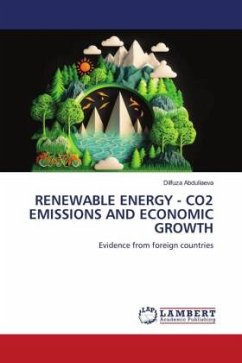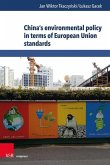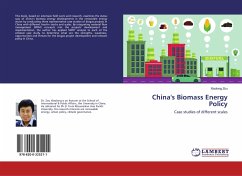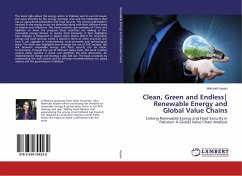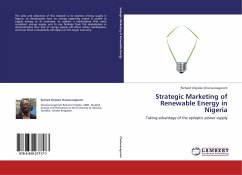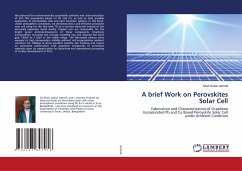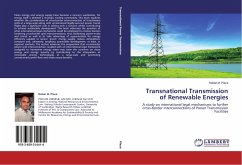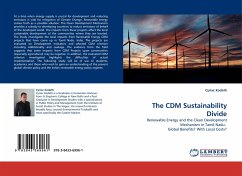The author attempts to dive deeper into the CO2 and renewable energy nexus, outlining the significance of wind and solar energy. The reason for doing so stems from the upcoming water shortage within the next 20 years in Central Asian region.The introductory part consists of the organizational structure of the dissertation, its objectives, the importance of the research and the problem statement. The author outlines the significance of the research by mentioning the Paris Agreement, Sustainable Development Goals (SDG) and the Development Strategy 2022-2026 for Uzbekistan. Before discussing the significance of clean energy and its role in the mitigation of CO2 emissions, the author puts forward questions like "Who is responsible for abating CO2, the countries which have emitted the most CO2 in total throughout the observed period, or the countries which currently emit in total the greatest amount of CO2? Although the greatest historical CO2 footprint has been left by the advanced economies, not by the developing countries; developing countries are more vulnerable to climate change and their economies are at higher risk as they need to produce more agrarian products.
Bitte wählen Sie Ihr Anliegen aus.
Rechnungen
Retourenschein anfordern
Bestellstatus
Storno

